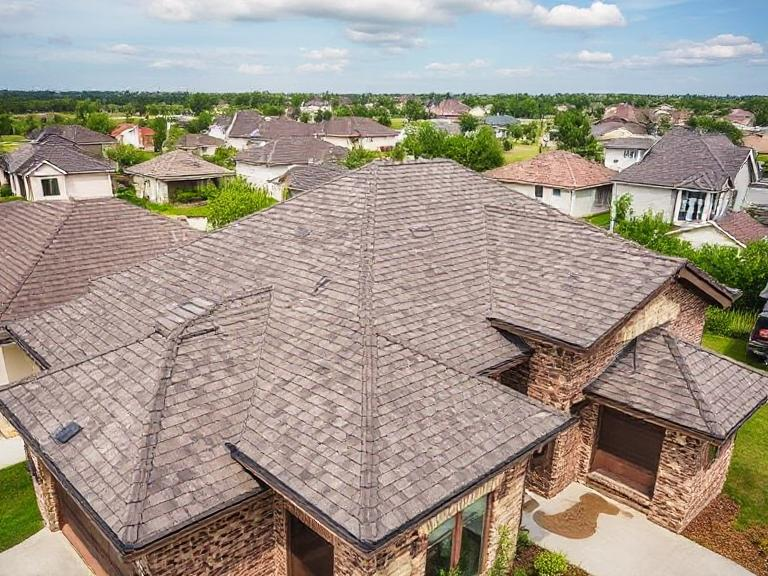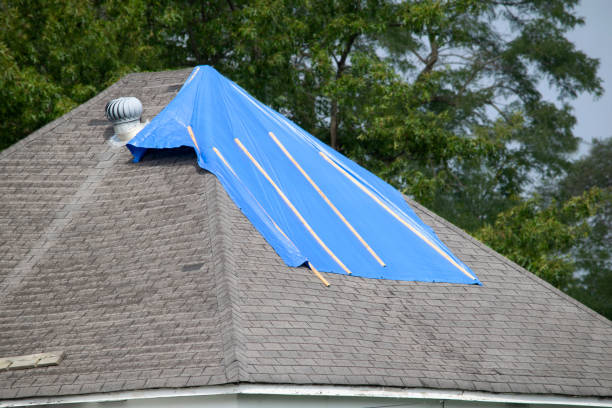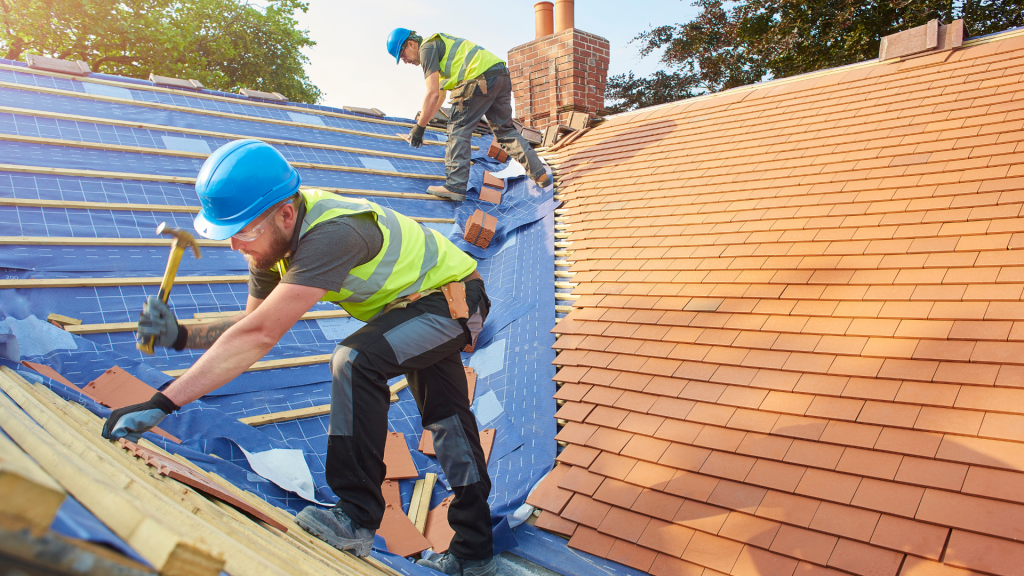
Emergency Roof Repairs: What Are Your Options and Costs?
Introduction
When disaster strikes, your home can suffer significant damage, especially when it comes to your roof. Whether it's a leaky roof after a heavy rainstorm or structural damage from high winds, the need for emergency roof repairs can arise without warning. Understanding your options and costs associated with these urgent repairs is crucial for homeowners. In this guide, we will explore everything you need to know about emergency roof repairs, including the types of damage you might encounter, how to choose a roofing contractor, and what costs you should expect.
Emergency Roof Repairs: What Are Your Options and Costs?
When faced with unexpected roofing issues, homeowners often find themselves asking—what are my options for emergency roof repairs? The good news is that there are various solutions available depending on the severity of the damage.

Understanding Storm Damage Roof Repair
Storms can wreak havoc on roofs. Wind, hail, and heavy rain can lead to leaks or even complete roof failure. It's essential to assess the situation quickly. Here are some common types of storm-related damages:
- Shingle Damage: Missing or cracked shingles require immediate attention.
- Water Leaks: Water intrusion can lead to mold if not addressed swiftly.
- Structural Damage: In severe cases, entire sections of the roof may need replacement.
Emergency Tarping: A Temporary Solution
One of the first steps in managing roof storm damage is implementing emergency tarping. This method provides a temporary barrier against further water intrusion while waiting for professional repair services.
Benefits of Emergency Tarping
- Prevents Further Damage: Stops water from entering your home.
- Cost-effective: Much cheaper than a full repair initially.
- Quick Installation: Most roofing contractors can set up tarps within hours.
Finding Roof Tarping Near Me
If you're wondering where to find reliable services for roof tarping near you, start by searching online or asking neighbors for recommendations. Local roofing companies often offer this service as part of their emergency response efforts.
Choosing the Right Roofing Contractor
Selecting a qualified roofing contractor is vital for effective emergency roof repair. Look for the following qualities:
- Experience with Emergency Repairs: Ensure they have a track record in handling urgent situations.
- Licensing and Insurance: Protect yourself from liability by hiring insured professionals.
- Positive References: Check reviews and ask previous clients about their experiences.
Costs Associated with Emergency Roof Repairs
The costs of emergency roof repairs vary widely based on several factors:
| Cost Factor | Estimated Range | |------------------------|-------------------------| | Minor Repairs | $200 - $700 | | Major Repairs | $700 - $5,000 | | Complete Replacement | $5,000 - $15,000+ |
Types of Emergency Roof Repairs Available
Partial Roof Repair vs Full Roof Replacement
When assessing storm damage roof repair options, you'll need to decide between partial repairs or a full replacement based on several factors such as age and condition of the existing roof.
Partial Roof Repair
This option involves fixing only specific areas that have been damaged. It’s more cost-effective but may not be suitable if your entire roof is old or compromised.
Full Roof Replacement
In cases where extensive damage has occurred or the roof is nearing its lifespan (usually 20-25 years), replacing the entire structure may be necessary.
Common Materials Used in Emergency Roof Repairs
Different materials come into play during emergency repairs:
- Asphalt Shingles: The most common choice due to affordability and ease of installation.
- Metal Roofing: Durable but more expensive; often used for long-term solutions.
- TPO/PVC Membranes: Commonly used for flat roofs; these materials provide excellent waterproofing properties.
How Long Does an Emergency Roof Repair Take?
The duration required for an emergency repair depends significantly on various factors including type of damage and weather conditions at the time.
Factors Influencing Repair Time
Typically, minor repairs can take just a few hours while major work could extend over several days.
24 Hour Roof Tarping Services
For emergencies that occur outside normal business hours, many roofing companies offer 24-hour services for both tarping and initial assessments.
Why You Might Need 24 Hour Services
Unforeseen events like sudden storms or accidents can happen anytime—having access to round-the-clock services ensures that homeowners aren’t left vulnerable when they need help most.
FAQs
1. What should I do if my roof starts leaking during a storm?
Immediately place buckets under leaks to catch water and minimize interior damage while contacting an emergency roofing company.
2. How do I find reliable emergency roof repair near me?
Research local contractors through online reviews or seek referrals from friends and family who have had similar work done recently.
3. Is insurance likely to cover emergency roof repairs?
Most homeowners' insurance policies do cover storm-related damage; however, it’s essential to review your specific policy details regarding coverage limits and deductibles.
4. Can I perform temporary fixes myself?
While minor patches might be feasible DIY projects—like covering holes with tarp—it’s best practice to consult professionals for anything beyond basic fixes due to safety concerns.

5. How long will my emergency tarp last?
Emergency tarps are designed as temporary measures; depending on weather conditions they generally last anywhere from weeks to months until proper repairs are made.
6. What are my financing options for extensive repairs?
Many roofing companies offer financing plans tailored to meet customer needs; additionally consider personal loans as another option if cash flow is tight post-repair costs assessment.
Conclusion
When dealing with emergencies related commercial roofing services Wylie to your home's roof, knowledge is power! Understanding your options—from quick fixes like tarping to comprehensive replacements—can save you time and money down the road. Always prioritize working with reputable contractors who specialize in storm damage repair so you know you're getting quality service when it matters most! By keeping all this information in mind regarding Emergency Roof Repairs: What Are Your Options and Costs?, homeowners can feel confident navigating these challenging situations effectively.

In summary: